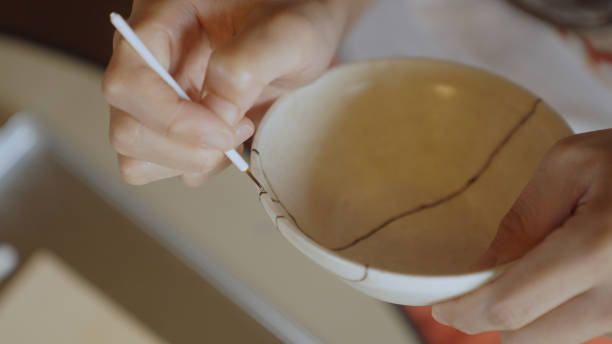Introduction:
Furisode Fashion Reviving Japan's Kimono Tradition for Modern Times Furisode, the elegant kimono adorned
with gracefully sweeping sleeves, has not only endured the test of time but has
also evolved to adapt to contemporary trends. Once reserved exclusively for
formal occasions like weddings and Coming-of-Age Day, furisode now boasts a
fresh appeal, embracing Western influences in their designs and expanding their
presence in various social settings. As the fashion landscape leans towards
casual wear, furisode stands as a bridge, connecting generations and preserving
the cherished tradition of kimono.
Exploring Furisode's Historical Roots and Designs:
The term "furisode,"
translating to "swinging sleeves," originates from a lineage of
kimonos rooted in the Heian period's "kosode" fashion. These
garments, eventually evolving into the kimonos we recognize today, became the
hallmark of formal attire for unmarried women during the early Edo period.
Beyond their ornate aesthetics, furisode hold a symbolic role in Japanese
culture, believed to ward off misfortune and disease through the motion of
their long sleeves.
Furisode are adorned with auspicious
motifs, Furisode Fashion such as sho-chiku-bai (pine, bamboo, and plum), cranes, turtles, and
ceremonial ox carriages from the Heian court. Contemporary trends introduce
floral patterns, with classical flowers like plum, cherry, and chrysanthemum
reigning supreme. Popular base colors include vibrant red and pink, along with
delicate hues like white, beige, and pastels. An emerging trend sees furisode
in subdued tones like black and purple, as well as the current fashionable
colors of green and turquoise. Innovative touches, like pearl or lamé finishes,
add a modern twist to these timeless garments.
Coordinating Furisode Ensembles:
Modern enthusiasts of furisode are not
confined to traditional styles. A growing number of women experiment with
Western-inspired coordination, incorporating contrasting obi sashes and inner
collar linings adorned with lace, sequins, or embroidery. Rhinestone or
pearl-chain accessories find a place on the obi, and harmonizing bag and sandal
colors are a common choice.
In a nod to Western fashion,
coordinating hairstyles and manicures with furisode colors and patterns has
gained popularity. Traditional Japanese hairstyles, embellished with corsages
and floral hairpins, now blend seamlessly with modern twists like pompadours
and French braids. Special manicures featuring floral decorations or gold foil
add a touch of Japanese elegance to the overall look.
The Ever-Present Role of Furisode:
Furisode is no longer confined to
once-in-a-lifetime occasions Furisode Fashion. These exquisite garments now grace various
milestones in Japanese life. Besides wearing furisode for their own
coming-of-age ceremonies and weddings, women also choose them for attending
others' weddings and graduation ceremonies. Graduates often pair furisode with
hakama, a long pleated skirt. Furthermore, furisode makesappearances at New
Year's shrine visits and Christmas parties. It has become an integral part of
modern occasions.
While daily attire in Japan has
evolved beyond traditional kimono wear, kimono still punctuates significant
life events. Children don kimono for the Shichi-go-san (7-5-3) festival,
celebrating their growth at ages seven, five, and three. Young adults embrace
furisode to mark their transition into adulthood on Coming-of-Age Day. Some
brides opt for the classic all-white shiromuku ensemble on their wedding day.
Despite challenges such as functionality, maintenance, and strict dress codes,
wearing kimono represents a refreshing departure from the ubiquitous jeans and
T-shirts for many young Japanese individuals.
In recent years, stores offering
secondhand kimonos and fashion items crafted from kimono fabrics have gained
popularity among Japan's youth. Furisode Fashion Despite limited opportunities to wear
traditional kimono, today's younger generation maintains a deep connection with
this cultural heritage, demonstrating an enduring bond with the past.
(Published: February 2011)



.jpg)



